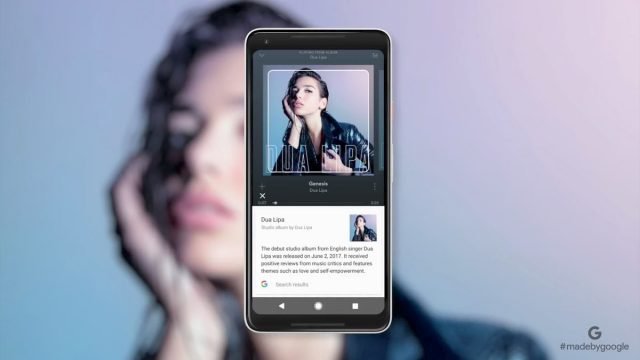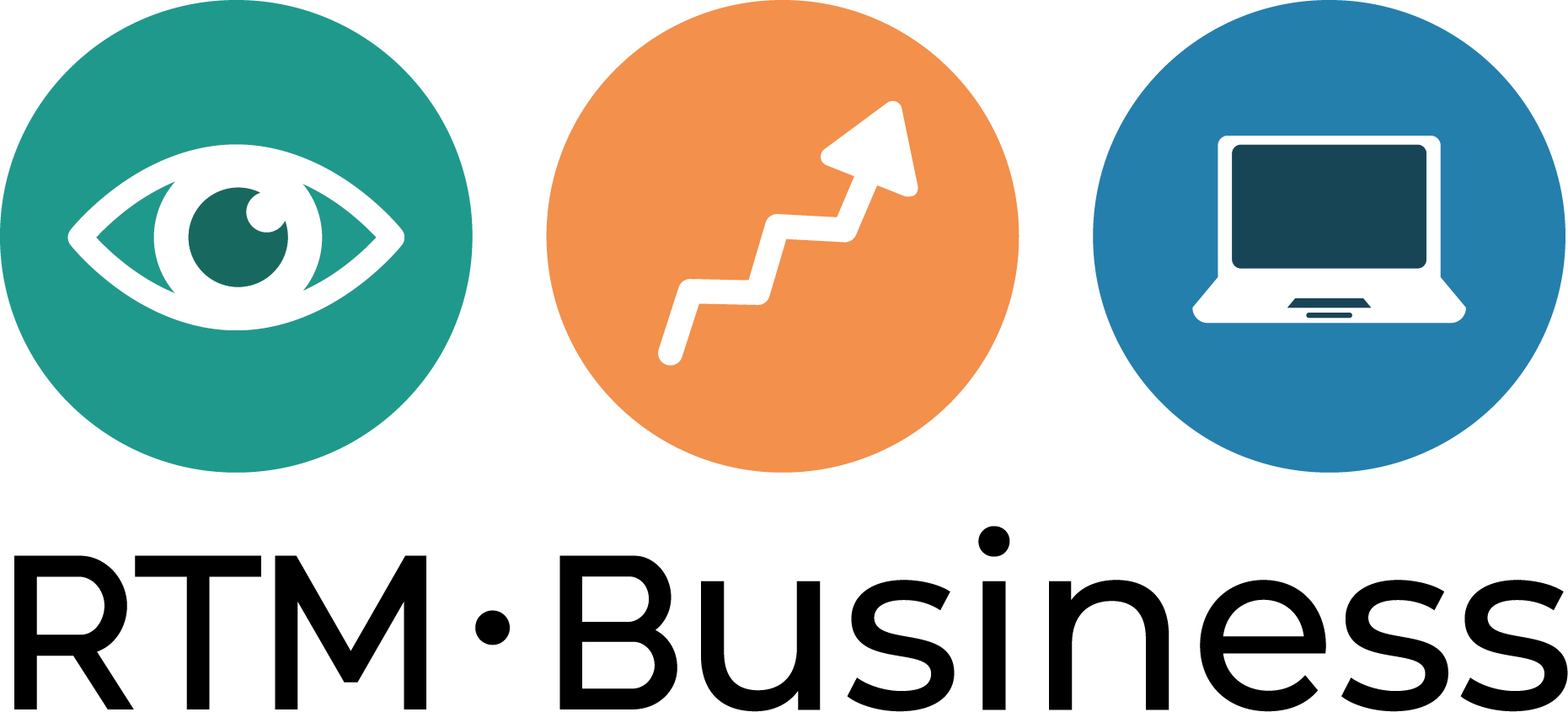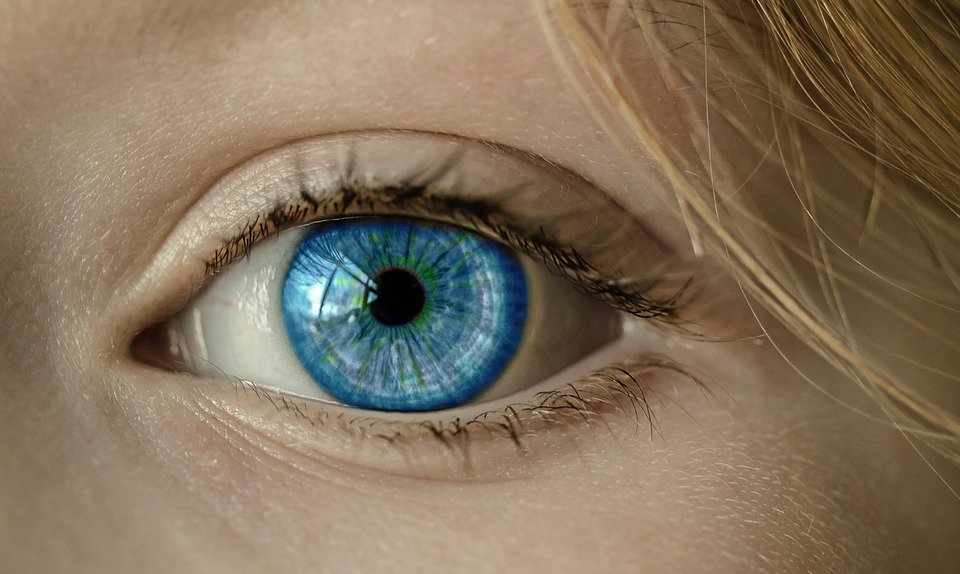The rise of visual search could be observed in the previous years, but is it the future? The human brain has evolved to immediately recognize visual images. Visual identification is a natural ability that is made possible by the cooperation of nerves, neurons and synapses. We can look at an image and know what we see in 13 milliseconds or less.
However, creating technology that can understand images as fast and effective as the human mind can, is a major undertaking. Visual search requires machine learning that can quickly process images. These tools also need to be able to identify specific objects in the image, and show comparable results. Thanks to the huge amount of resources companies like Google have access to, visual search will finally be viable. How will SEO evolve while the visual search process develops?
It is unlikely that visual search will replace text-based search engines. Currently, its application is most useful in sales and retail. However, the future of visual search could disrupt the SEO-industry as we know it.
What is visual search?
You can walk through a room and identify objects as you see them. For example, you can identify your desk, monitor, keyboard, your pens and the sandwich that you left in the fridge at home.
Your mind can identify objects based on visual clues. Visual search is the same, but with a certain image on your screen. It is important to notice that visual search is not the same as searching for images.
Searching for images is when a user types a word in a search engine and the search engine shows related images. Even then, the search engine does not recognize the images but the structured data that are linked to the images.
Visual search uses an image as a query instead of text (reverse image search is a form of a visual search). It identifies objects within the image and searches for images related to the objects. Based on an image of your desk, you could use visual search to search for an identical desk as your own.
Even though this sounds amazing, the technology revolving visual search is still quite limited. This is the case because machine learning needs to copy the image processing of the mind before it can effectively produce a viable application. It is not enough for the machine to just identify an image. The machine should also be capable of recognizing colors, shapes, sizes and patterns, just as the human mind is able to. It is difficult to copy image processing in a machine as we barely understand our own image processing system. That is why the visual search develops so slowly.
Its current state
The technicians of today have used machine learning to turn the neural networks of visual search engines on for better image processing. One of the most recent examples is the development of the Google Lens.
Google Lens is an app which allows your smartphone to work as a visual search engine. The app works by analysing the photos you make and giving you information on the taken photo.
By making a photo of an Abbey-Road album, your phone will be able to tell you more about The Beatles and when the album released. By taking a photo of an ice cream shop, your phone can show you the name, reviews and if your friends have visited that shop before.
All this information originates from the enormous supply of data, algorithms and knowledge graphs of Google. These are integrated in the neural networks of the Google Lens. The complexity of visual search contains more than just a good understanding of neural networks.
The image processing of the mind creates more than just identification. It also drafts conclusions that are incredible complex. It is this complexity, also known as ‘black box problem’ that is hard to replicate for engineers.
Instead of explicitly waiting for scientists to understand the human mind, DeepMind – a company that is owned by Google – is working on programming a visual search engine. They have done so, based on cognitive psychology instead of trusting on neural networks.

Pinterest market leader
Google is not the only business that is developing visual search technology. Pinterest launched its own Lens-product, with functions like Shop the Look and Pin-codes. Those that use Pinterest, can make a photo of someone and use the app to analyse the clothes or home-ware and shop for those or similar items.
What differentiates Pinterest Lens and Google Lens, is that Pinterest allows its users much more options. Google is a search to collect information, while Pinterest is a website and app for shopping, recipes and design ideas.
In comparison to Google, that works on multiple levels, Pinterest only focuses on the development of their visual search engine. Consequently, Pinterest could very well become the leading competitor in visual search technology.
Nevertheless, other retailers are catching up with their own technology. The fashion chain ASOS also released a visual search function on their website.
The use of visual search in retail, lessens the problem of discovery. The problem of discovery is that the customers on the website have so much options that they stop shopping. Visual search decreases the number of options and helps shoppers find what they need more effectively.

Visual search and retail
The future of visual search is likely to be dominated by the retail industry. However, for now it is easier to use words to search for information.
Users do not need to make a photo of an Abbey-Road album to get to know more about The Beatles when they can just type ‘Abbey Road’ in the search box. Visual search engines are useful but are not necessary for every industry to succeed. Services can rely more on search engines, while retail will have more success with visual search engines.
That being said, with 69% of young consumers having interest in only shopping based on visual oriented search queries, the future of visual search engines is probably a shopping paradise in the hand of the correct retailer.
Effect on SEO
Search engines are already capable of indexing images and videos and rank them accordingly. Video SEO and image SEO have existed for years already, since video-and image content became popular on YouTube and Facebook.
Despite the increase of video-and image content, SEO still fulfills the needs of those who want to rank higher in the search results. Factors like SEO-friendly alt-texts, website maps, SEO-friendly image titles and original image content can differentiate your images from your competitors.
The see-snap-buy behavior of visual search can make image-SEO a big challenge. This is because the user will not have to type anymore. They can just make a photo of a product and find the website of a seller of that particular product.
Aside from visual search, SEO currently works via alt-tagging, image optimisation, lay-out and metadata. Lay-out and metadata are especially important for SEO with visual search. That is because the little text that is present in images will be one of the few sources of information that search engines have to crawl.
In both text-based search and image-based search, metadata strengthens the power of the marketeer to lure online traffic to their website. Metadata hides in the HTML of web pages and images. It is what search engines use to find relevant information. That is why, when optimising for image search, it is essential to use metadata for your images.
The future of visual search and SEO
It can be expected that visual search engines will influence the SEO-industry. However, it is very unlikely that text-based search will be replaced by a world of visual technology.
How can SEO remain relevant, considering the see-snap-buy behavior that not only is used in retail, but in many places online? As mentioned before, SEO-companies can still use image-based SEO techniques to keep up-to-date with virtual search engines.
Like text-based search engines, visual search depends on algorithms to match content for online users. The SEO-industry can use this in its advantage by focusing on structured data en optimisation to make images easier to process for visual applications.
Visual search engines are undeniable and a revolution in the retail industry and the way we are using technology. However, text-based search engines will always be present and be more important for other industries. The future of SEO is changing quickly, the only question is which strategies will become more important because of the visual search revolution and which strategies are made redundant.
Want to know more about visual search and SEO? Do not hesitate to contact us!

